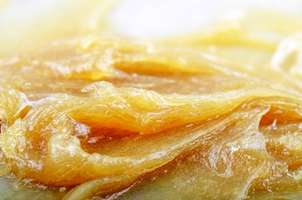Lubricating grease and drip point
A grease is a solid or semi-solid structure consisting of a thick oil-based agent and a selection of additives that imparts a special selection of properties. High-standard grease manufacturing and associated testing also contributes to the overall success of this product line.
There are many tests to ensure the performance of a grease and provide assured quality in each batch manufactured. The drip point is one of the most important tests and is frequently used. The drip point of a grease is the temperature at which a drop of the grease material falls into the hole of the testing thimble, the size of a rate, which is under a pre-written temperature program. ASTM D 2265 is a process that uses an aluminum block as a heat source for testing.
The drip point evaluates the thermal stability of the grease structure and is useful for identifying the type of grease (e.g. lithium, lithium complex, aluminum complex) however, it is of utmost importance to keep in mind that this test has no support in the issue of service performance, but that a grease cannot wait for it to withstand filtration at temperatures once it approaches its drip point.
The commonly successful drip point above the maximum usable temperature of a grease.
In summary, the drip point is useful for identifying the type of thickness of a grease and plays an important role in quality control testing for grease manufacturing.
This historical test was part of the grease specifications many years ago and will continue to be so with its presence of CoAS grease batches to ensure the optimized stable structure of the grease during batch manufacturing, providing the necessary lubrication solution.
Your FUCHS representative can assist you with the selection of lubricating greases, considering all your unique requirements. Feel free to contact us at any time.
